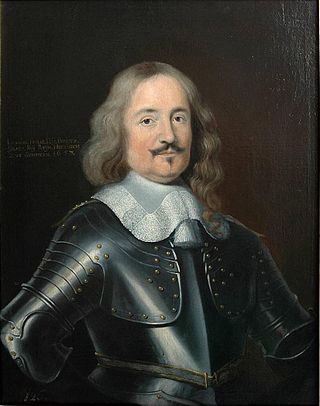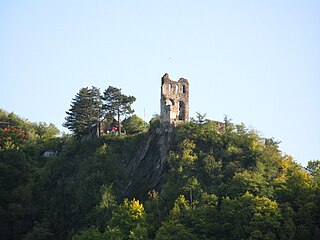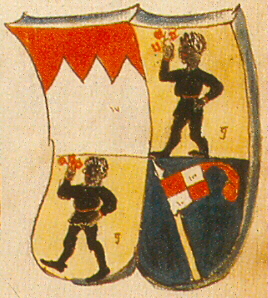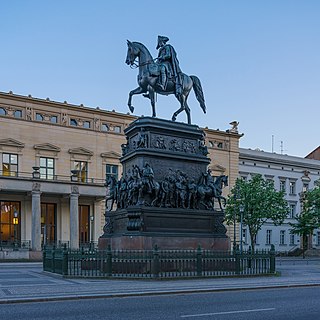
Charles II was Elector Palatine from 1680 to 1685. He was the son of Charles I Louis, Elector Palatine of the House of Wittelsbach, and Charlotte of Hesse-Kassel.

Traben-Trarbach on the Middle Moselle is a town in the Bernkastel-Wittlich district in Rhineland-Palatinate, Germany. It is the seat of the like-named Verbandsgemeinde and a state-recognized climatic spa (Luftkurort). The city lies in the so-called "Valley of Dawn".

Louis VI, Elector Palatine, was an Elector from the Palatinate-Simmern branch of the house of Wittelsbach. He was the first-born son of Frederick III, Elector Palatine and Marie of Brandenburg-Kulmbach.

Johann Wilhelm was a duke of Saxe-Weimar.

John Frederick II of Saxony, was Duke of Saxony (1554–1566).

Enkirch is an Ortsgemeinde – a municipality belonging to a Verbandsgemeinde, a kind of collective municipality – in the Bernkastel-Wittlich district in Rhineland-Palatinate, Germany.

Womrath is an Ortsgemeinde – a municipality belonging to a Verbandsgemeinde, a kind of collective municipality – in the Rhein-Hunsrück-Kreis (district) in Rhineland-Palatinate, Germany. It belongs to the Verbandsgemeinde of Kirchberg, whose seat is in the like-named town.

The County of Sponheim was an independent territory in the Holy Roman Empire that lasted from the 11th century until the early 19th century. The name comes from the municipality of Sponheim, where the counts had their original residence.

Johann Kasimir Kolbe, Graf von Wartenberg was the first ever Minister-President of the kingdom of Prussia, and the head of the "Cabinet of Three Counts".
The County of Gützkow was a county located within the Duchy of Pomerania in the High Middle Ages. It was established in 1129 from the Castellany of Gützkow. Following the death of its last count in 1359, it was re-established into the Vogtei Gützkow.

Louis Philip was the Count Palatine of Simmern-Kaiserslautern from 1610 until 1655. Philip acted as Administrator of the Electoral Palatinate between 1632 and 1648.

Grevenburg was a castle in Traben-Trarbach in the federal state of Rhineland-Palatinate in Germany. It was the residence of the Rear County of Sponheim and today is a ruin following its destruction by the French in 1734.

Ottilie of Katzenelnbogen, was by marriage Margravine of Baden-Baden.

Hans Ruprecht Hoffmann was a German sculptor and master stonemason.

Elisabeth of Saxony was a Saxon princess, and Countess Palatine of Simmern by marriage to John Casimir of the Palatinate-Simmern.
John of Palatinate-Simmern was a German nobleman. He was bishop of Münster and later Archbishop of Magdeburg.

Jošt of Rožmberk was a Bohemian nobleman. He was Bishop of Wrocław and Grand Prior of the Order of St. John for Austria and Bohemia.

John of Grumbach (?–1466) was prince-bishop of Würzburg as "John III" from 1455 until his death in 1466.

The equestrian statue of Frederick the Great on Unter den Linden avenue in Berlin's Mitte district commemorates King Frederick II of Prussia. Created from 1839 to 1851 by Christian Daniel Rauch, it is a masterpiece of the Berlin school of sculpture, marking the transition from neoclassicism to realism. The bronze statue shows "The Old Fritz" dressed in military uniform, ermine coat and tricorne hat on horseback above the leading generals, statesmen, artists and scientist of his time. Walled in during World War II, it was disassembled by East Germany in 1950, reassembled in Sanssouci Park in 1963, and returned to its original location in 1980.

Henry IV of Asberg was a nobleman of the Franconian House of Absberg and clergyman. From 1465 to his death he was bishop of Regensburg.
















